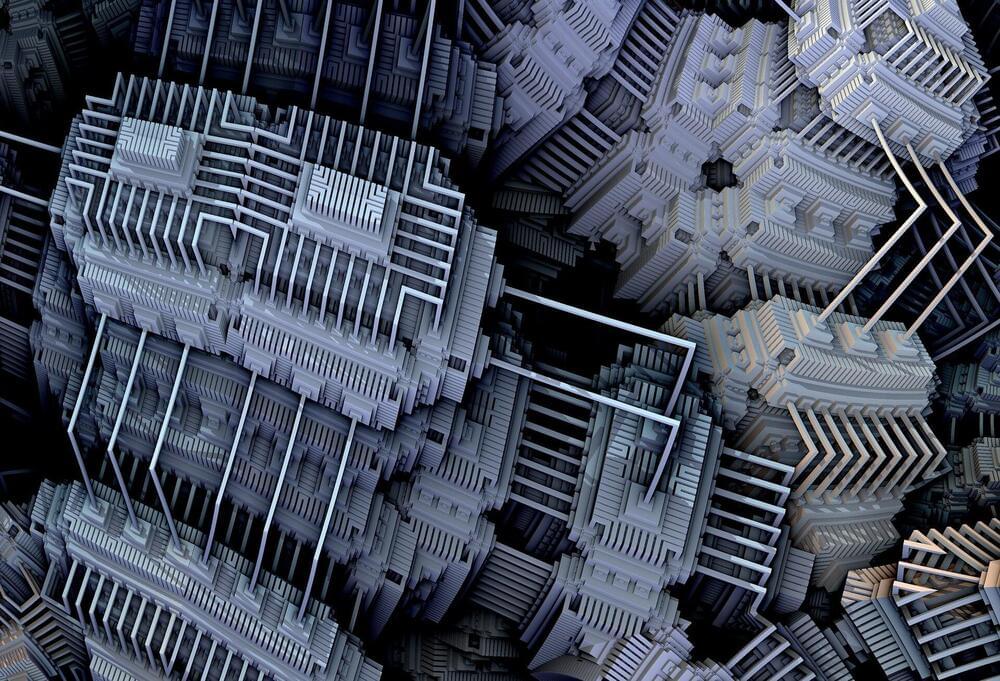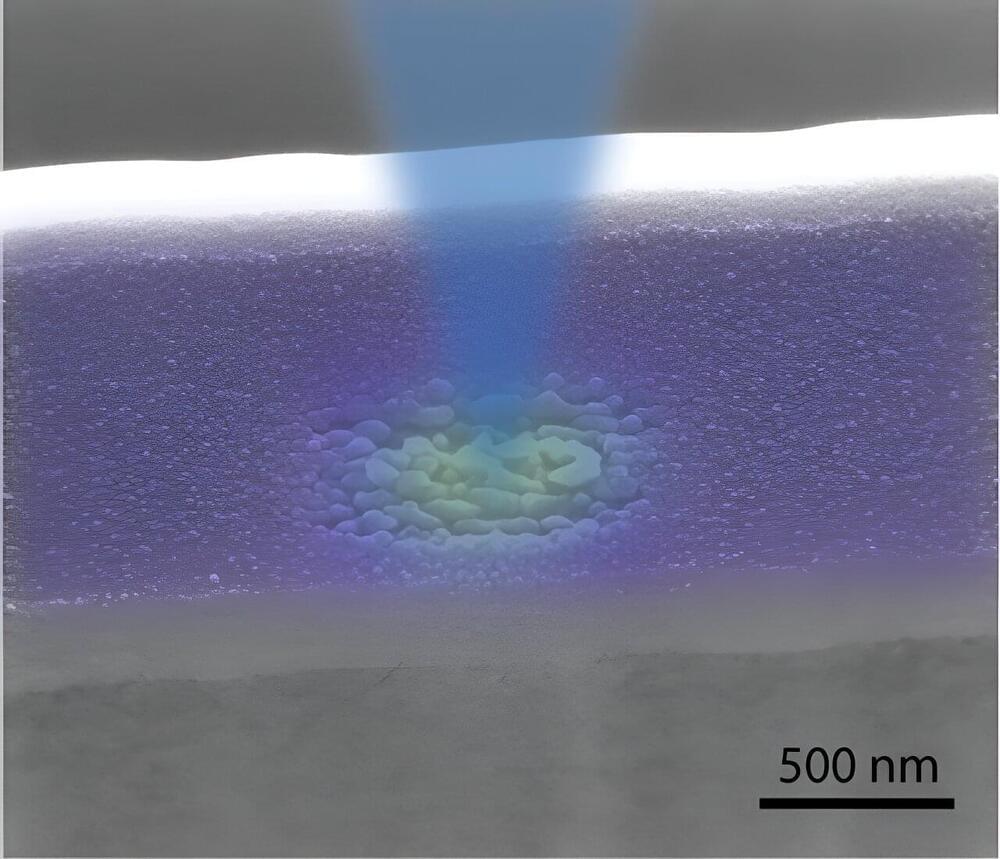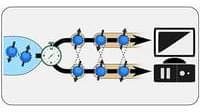Nuclear physicists have discovered gravity’s profound influence on the quantum scale, revealing the strong force’s distribution within protons for the first time. This groundbreaking research, combining historical theoretical insights with modern experimental data, offers unprecedented understanding of the proton’s internal dynamics and sets the stage for future discoveries in nuclear science.
Gravity’s influence is unmistakably evident throughout the observable universe. Its effects are observed in the synchronized orbits of moons around planets, in comets that deviate from their paths due to the gravitational pull of large stars, and in the majestic spirals of enormous galaxies. These magnificent phenomena highlight the role of gravity on the grandest scales of matter. Meanwhile, nuclear physicists are uncovering the significant contributions of gravity at the very smallest scales of matter.
New research conducted by nuclear physicists at the U.S. Department of Energy’s Thomas Jefferson National Accelerator Facility is using a method that connects theories of gravitation to interactions among the smallest particles of matter to reveal new details at this smaller scale. The research has now revealed, for the first time, a snapshot of the distribution of the strong force inside the proton. This snapshot details the shear stress the force may exert on the quark particles that make up the proton. The result was recently published in Reviews of Modern Physics.









